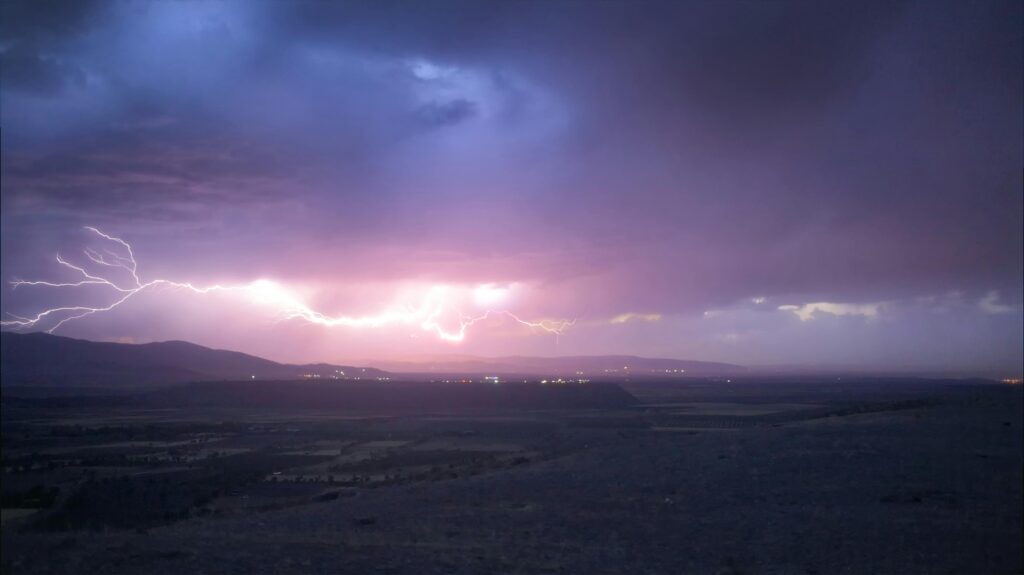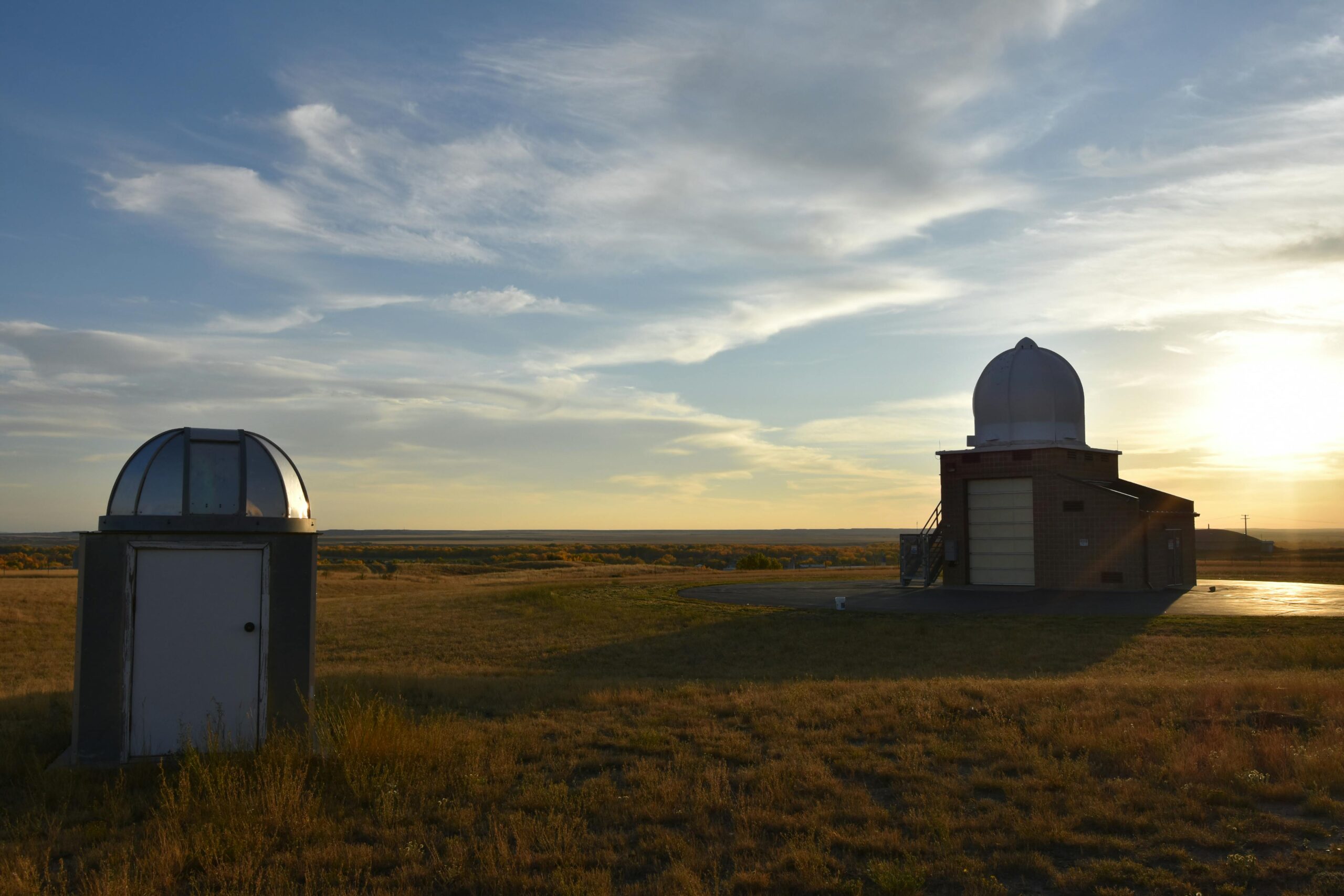In a long-overdue move to improve public safety, the U.S. National Weather Service (NWS), under the National Oceanic and Atmospheric Administration (NOAA), has announced that its critical weather alerts will now be available in both English and Spanish. The shift aims to better serve Spanish-speaking communities across the United States, where language barriers have previously limited access to potentially lifesaving information.

Why This Matters: Language Access and Emergency Response
Severe weather events—ranging from hurricanes and tornadoes to flash floods and wildfires—can escalate quickly. Timely and accurate information is crucial for saving lives. Until now, many Spanish-speaking residents faced delays or confusion in receiving warnings, putting them at greater risk during weather emergencies.
- Growing Need: According to the U.S. Census Bureau, over 42 million people in the U.S. speak Spanish at home. That’s nearly 13% of the population.
- Communication Gap: Previously, many emergency alerts and updates were only issued in English, leaving millions without immediate, comprehensible warnings during natural disasters.
- Past Tragedies: Officials point to real-world examples where lives may have been lost or endangered due to the lack of multilingual alerts, underscoring the need for inclusive communication.
How It Works: Real-Time Bilingual Alerts
The NWS is now translating all key weather alerts—such as tornado warnings, severe thunderstorm alerts, and flash flood advisories—into Spanish in real time. These alerts will be distributed via:
- NOAA Weather Radio (NWR): Spanish translations will soon be integrated into broadcasts in areas with large Spanish-speaking populations.
- Wireless Emergency Alerts (WEA): These are the alerts that appear on smartphones. Users in affected areas will now receive them in Spanish, if their phone’s language is set accordingly.
- Official NWS Social Media and Websites: Spanish versions of warnings and updates will be published in parallel with English versions.
This multilingual effort is powered by trained translators and AI-supported language models that ensure accuracy and speed under pressure.
A Bipartisan Achievement Years in the Making
This update has been in development for years but gained momentum following pressure from lawmakers, meteorologists, and community leaders. Although former President Donald Trump reportedly dismissed the need for multilingual alerts during his administration, current officials have emphasized that language access is a non-partisan issue of public safety.
- Funding and Support: Federal funding for translation infrastructure and training was expanded under the Biden administration, accelerating the rollout of bilingual alert systems.
- Agency Collaboration: The update was made possible through collaboration between NOAA, FEMA, local emergency managers, and Hispanic advocacy groups.
Community Reactions and Cultural Significance
The response from Latino communities and advocacy organizations has been overwhelmingly positive.
- Trust and Engagement: Bilingual alerts increase trust in government systems and encourage more proactive responses during emergencies.
- Equity in Disaster Preparedness: By removing language as a barrier, the NWS ensures that more communities can take timely, informed action to protect themselves.
Meteorologists have also praised the update, noting that clear communication is as important as the science behind the forecasts.

What’s Next?
NOAA is already working on expanding translations to include additional languages and formats, such as:
- American Sign Language (ASL) integrations for video alerts
- Expanded coverage for indigenous and migrant communities
- Multilingual emergency preparedness guides and education campaigns
In the long term, the agency plans to incorporate real-time translation into weather apps and partner with Spanish-language media outlets for broader dissemination.
Frequently Asked Questions
Q: What kind of weather alerts are now available in Spanish?
A: Key alerts like tornado warnings, severe thunderstorm warnings, flood advisories, and hurricane watches will now be issued in both English and Spanish.
Q: How do I receive alerts in Spanish on my phone?
A: If your smartphone language is set to Spanish, you will automatically receive Wireless Emergency Alerts in Spanish when they are issued in your area.
Q: Are Spanish alerts available everywhere in the U.S.?
A: Bilingual alerts are being rolled out nationwide, with priority given to regions with large Spanish-speaking populations.
Q: Does this mean weather forecasts are now in Spanish too?
A: Not all forecasts, but many key emergency updates and warnings are now translated. NOAA is working to expand daily bilingual forecasting capabilities.
Q: What’s the benefit of this new feature?
A: Faster, clearer communication in people’s preferred language increases safety, reduces confusion, and ensures that more people take timely action during emergencies.
Q: How accurate are the translations?
A: The system uses a mix of trained translators and AI-driven models reviewed by meteorologists to ensure accuracy under urgent conditions.
Q: Can I get Spanish alerts on NOAA Weather Radio?
A: Spanish-language broadcasts are being added in high-priority areas, and NOAA is working to expand this feature nationwide.
Q: Is this part of a larger emergency communication reform?
A: Yes, it’s one step in a broader effort to make emergency communication inclusive, accessible, and equitable.
Q: How does this compare to other countries?
A: The U.S. is catching up to nations like Canada and parts of Europe that have long provided multilingual emergency alerts as standard practice.
Q: How can I learn more or access Spanish emergency resources?
A: Visit the NOAA/NWS website or your local emergency management office for Spanish-language materials and preparedness guides.

Conclusion
By delivering real-time weather alerts in Spanish, NOAA and the National Weather Service are taking a critical step toward inclusive and equitable public safety. As extreme weather becomes more frequent and intense, ensuring that every resident—regardless of language—receives timely, accurate warnings is not just smart policy; it’s a moral imperative.
Sources APNews


